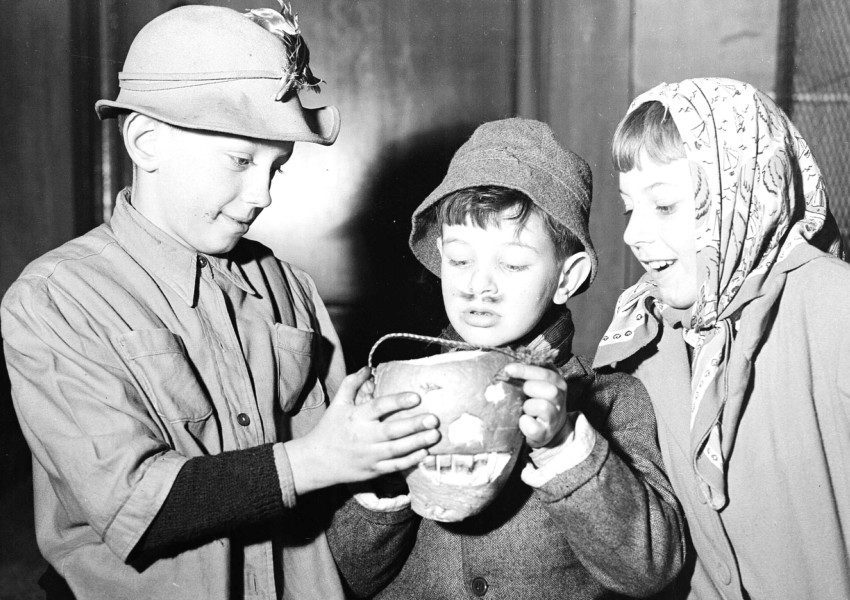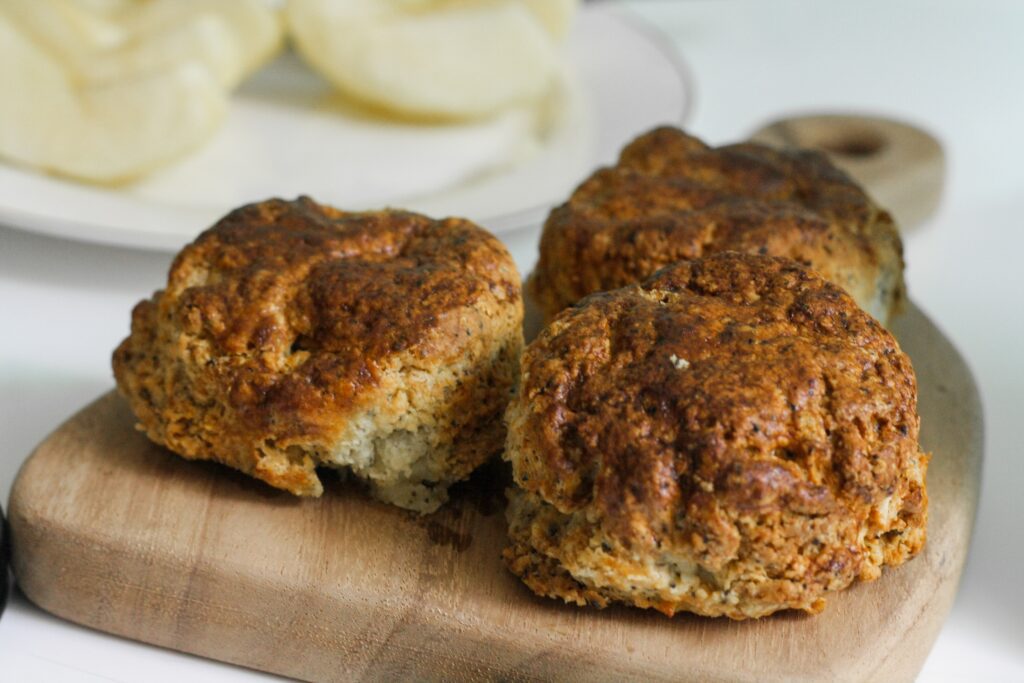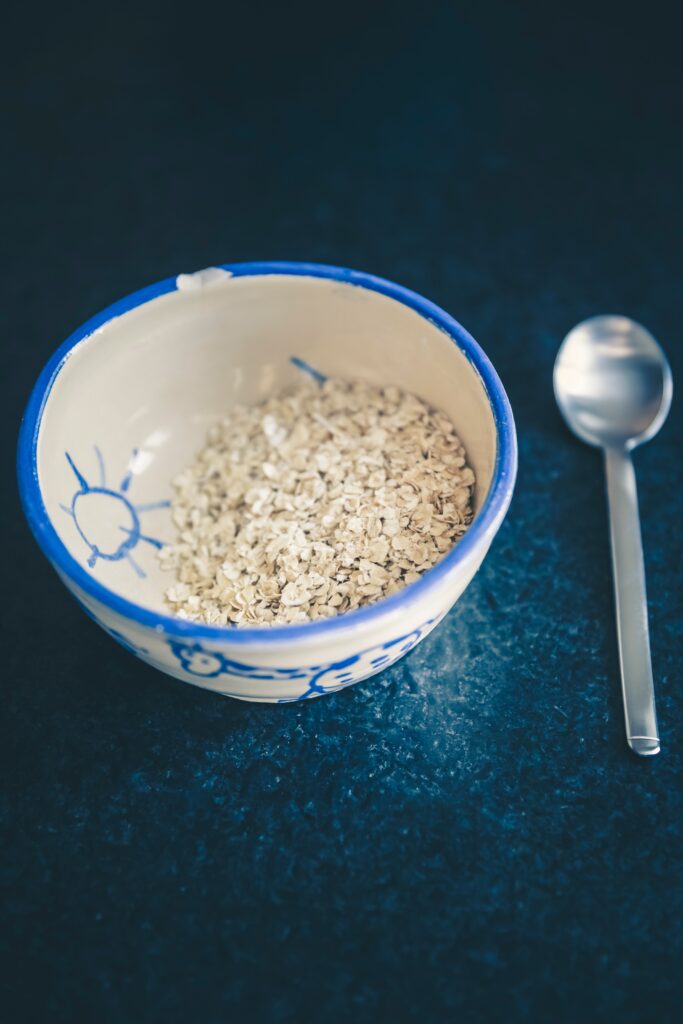Halloween coincides with Samhain, an ancient Celtic festival which marked the end of summer, and (as was traditional in Scotland) celebrated the harvest and heralded the coming of winter.
Most of these traditions come from that time, in one way or another, and were popular for years.
But Halloween these days comprises of trick or treating, carving pumpkins and maybe a pumpkin spice drink or two.
But before this Americanisation of the 31 October, Scotland has its own traditions. If you'd like to hark back to these, this is what you'll need to buy - and why.

The pumpkin may now reign supreme, but before you could get your hands on the orange fruit, people in Scotland (and Ireland) carved a turnip, known as a neep lantern.
The rutabaga swede, known in Scotland as neep or a tumshie, was carved and a candle put inside as an and adapted as a way to ward off the spirits of the dead at this time of year.
This was done in the place of the old rituals of bonfires (which perhaps coincidentally went on to become a huge part of the Guy Fawkes celebrations on the fifth of November).
Despite falling out of fashion, in favour of a pumpkin (possibly picked from a local patch), many Scots still carve a turnip and it remains at the heart of their Halloween celebrations.
The aroma of burning neep remains as the unmistakable scent of Halloween for many.

An abundant fruit in autumn, make sure you pick up some apples at the supermarket or local shop, or why not go out and pick your own?
Dooking for apples, also known as apple bobbing, dates back to a Pagan festival when the fruit was thought to be sacred.
What has remained a game in Scotland for years, all you need to do is fill up a basin with water and float the apples in them.
Players then try and grab one, or you can stand on a chair above the basin, with a fork in your mouth, and try to spear one that way.

Another game which involves food, and not using your hands to eat it.
For years, Scots have been hanging a scone from a string, covering it in treacle and trying to take a bite out of it.
On a recent episode of our podcast, Scran, Peter Gilchrist explained how this game evolved from a slightly more dangerous practise and links back to dooking for apples.
He said: “hundreds of years ago, apples are considered a divine fruit at this time of year mostly because there’s an ample supply of them so if you’re going to play games with a fruit or a vegetable then you want something that’s high in supply and it can get tossed into the animal pen afterwards for them to eat.
“At Halloween there were two, what you’d call, ordeals, that are tied by the apple. Trial by water and trial by fire. Now water is quite simple - dooking for apples - is going through the water trying to catch an apple.
“The other ordeal, by fire, is where an apple would have a candle drilled into it and it’d be hung up on a string and it would spin.
"Everyone at the party would try and take a bite of the apple. That tradition then grows into the treacle and scone game. The apple takes a back seat but the danger and trying to manoeuvre around something remains the same.”
The treacle covered scone is replaced in some places by a sugar covered doughnut, hung from a string.

While thins sounds like you might be making breakfast, you'll need these ingredients for Fuarag, a pretty much forgotten traditional dish for Halloween.
Many of the most prominent Halloween activities above, such as dooking for apples, focused on divining the future at this liminal time of year.
Fuarag was no exception and would see various objects placed within a bowl of raw oatmeal mixed with cream and sugar - of late many have replaced this with mashed potatoes (or champit tatties) - and each guest, often blindfolded, given a spoon to take their share.
The objects that were discovered were then used to foretell that person's future.
Find out more about Fuarag, and how to make it, here.
